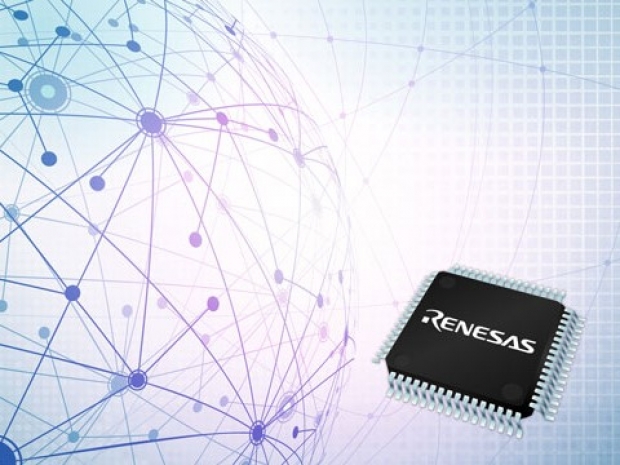The development is part of a Renesas moves to create a second generation embedded AI (e-AI), which will accelerate increased intelligence of endpoint devices.
A Renesas test chip featuring this accelerator has achieved the power efficiency of 8.8 TOPS/W, which is the industry's highest class of power efficiency, according to the vendor.
The tech is based on the processing-in-memory (PIM) architecture, an increasingly popular approach for AI technology, in which multiply-and-accumulate operations are performed in the memory circuit as data is read out from that memory.
Renesas developed the following three technologies. The first is a ternary-valued (-1, 0, 1) SRAM structure PIM technology that can perform large-scale CNN computations. The second is an SRAM circuit to be applied with comparators that can read out memory data at low power. The third is a technology that prevents calculation errors due to process variations in the manufacturing.
All this adds up to a reduction in the memory access time in deep learning processing and a reduction in the power required for the multiply-and-accumulate operations.
Renesas said the new accelerator achieves the industry's highest class of power efficiency while maintaining an accuracy ratio more than 99 per cent when evaluated in a handwritten character recognition test (MNIST).




